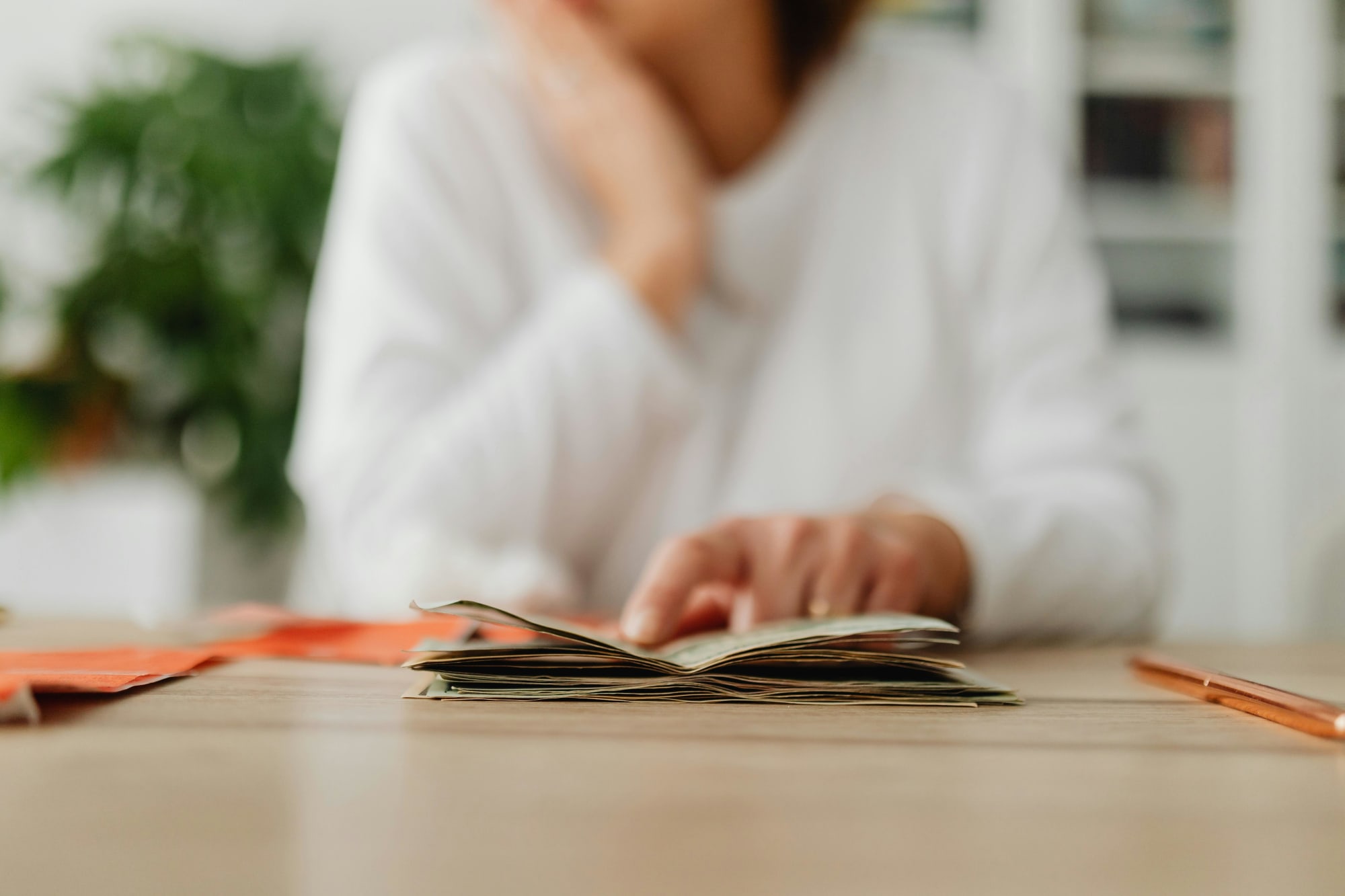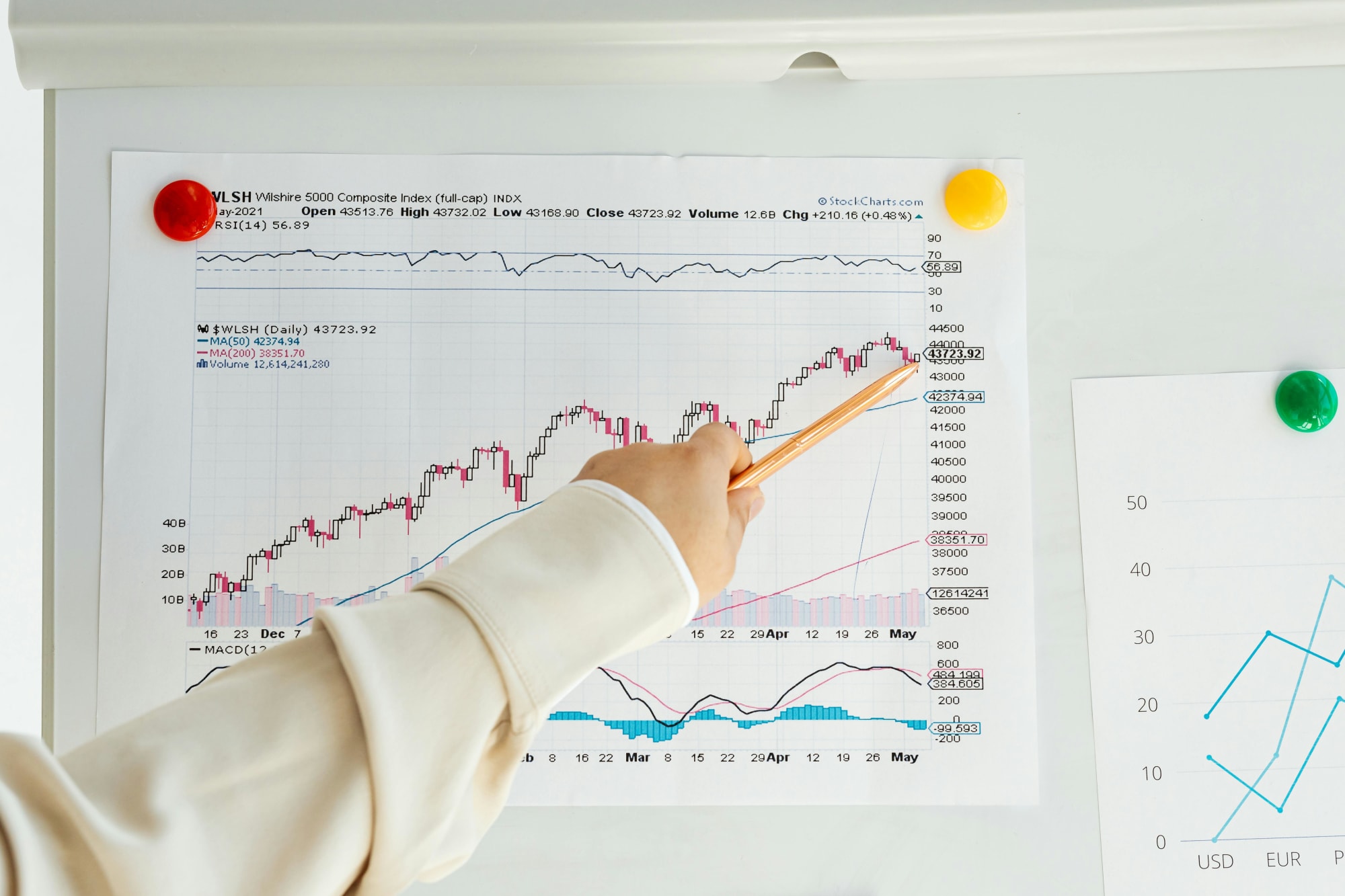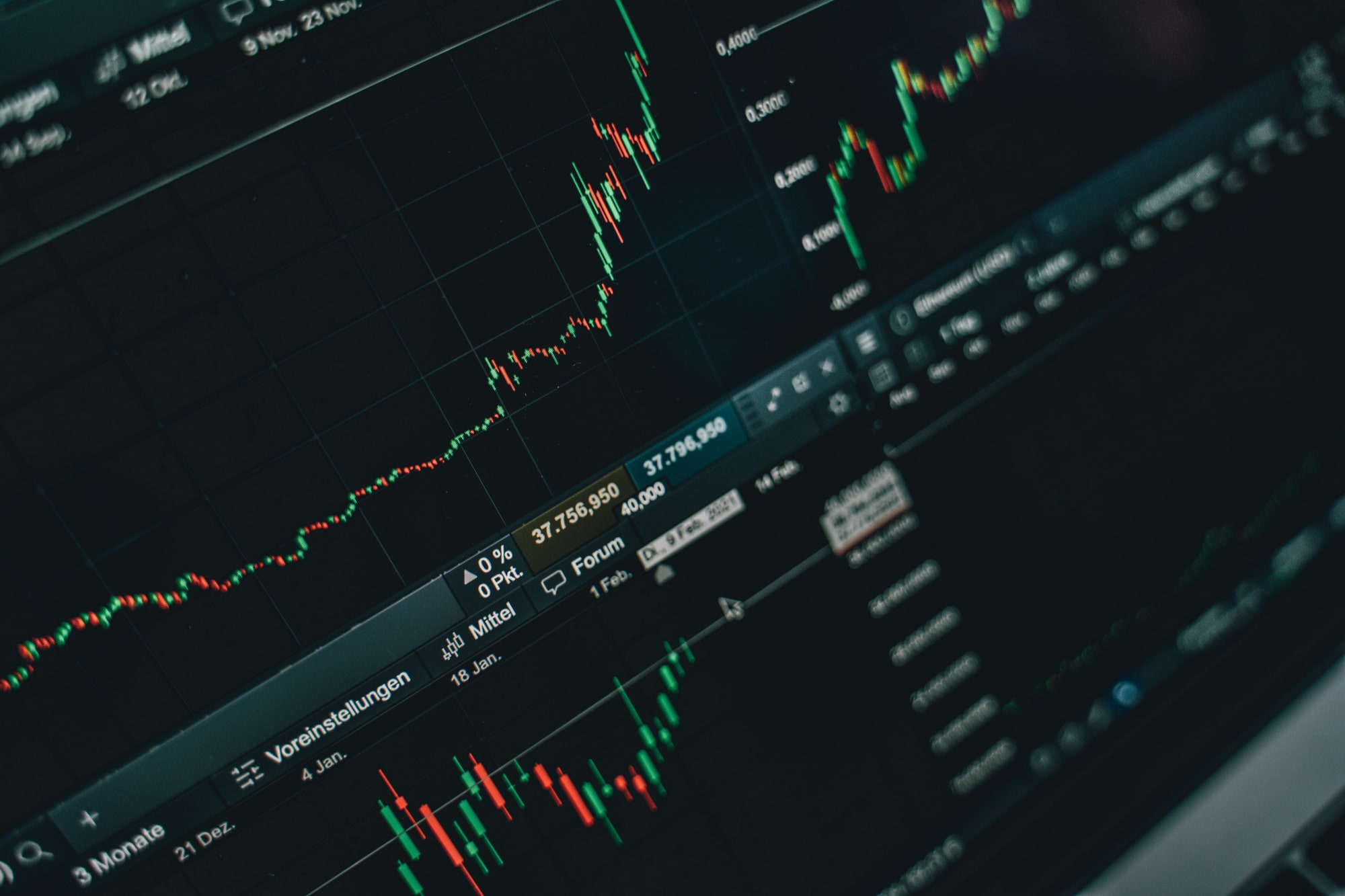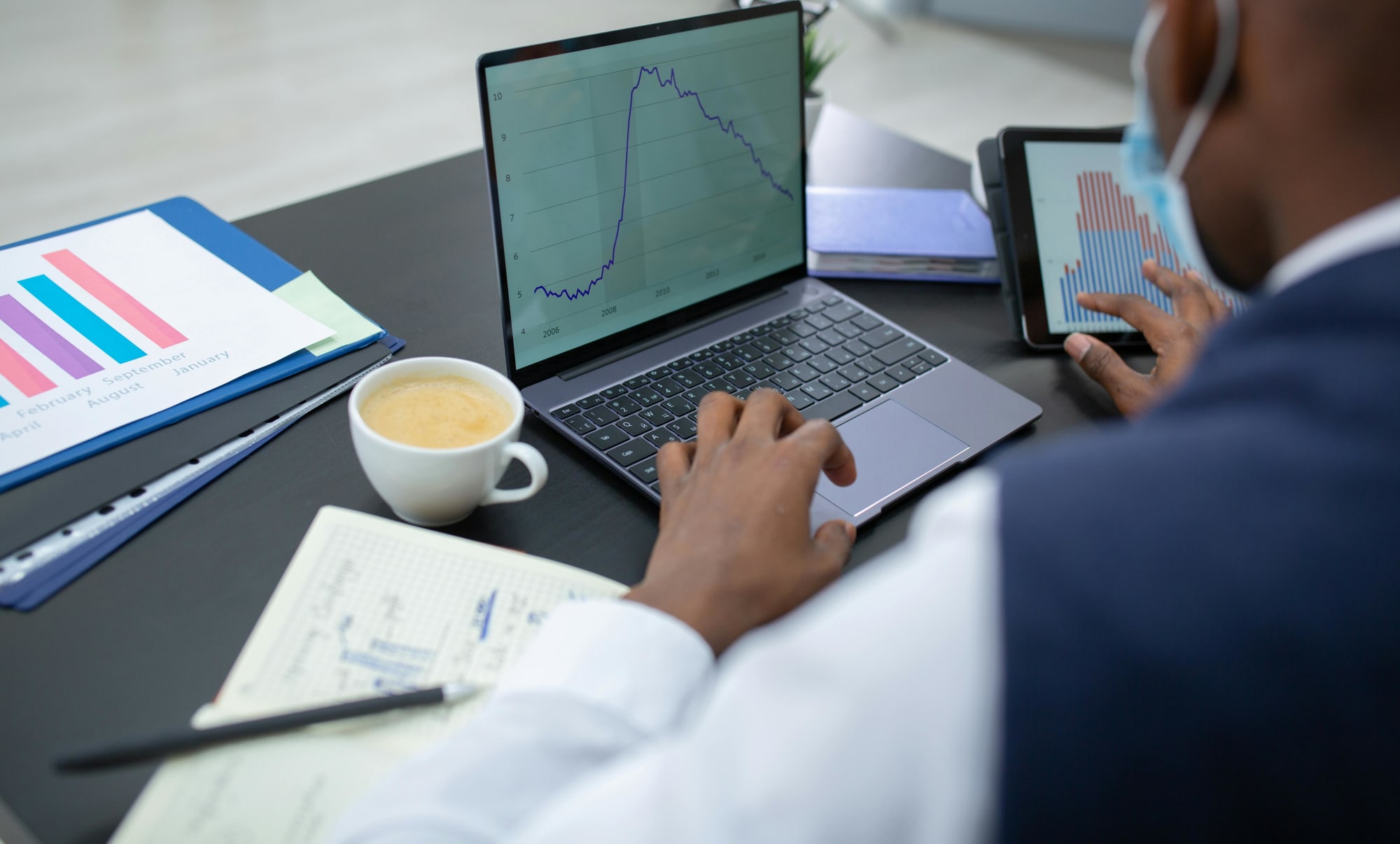Invest
Australia’s economy is officially back to pre-pandemic levels
As most economists predicted, Australia’s economy is back to pre-pandemic levels, the latest official figures show.
Australia’s economy is officially back to pre-pandemic levels
As most economists predicted, Australia’s economy is back to pre-pandemic levels, the latest official figures show.

Most economists were simply waiting for the stats to be calculated, but the release of Australia’s gross domestic product (GDP) shows Australia is back to where it was pre-pandemic.
The Australian Bureau of Statistics (ABS) showed GDP for the March quarter grew by 1.8 per cent.
While the improving result means Australia is back to pre-pandemic levels, it was less than the 2 per cent expected from most economists.
“With 1.8 per cent growth in the March quarter 2021, Australian economic activity has recovered to be above pre-pandemic levels and has grown 1.1 per cent through the year,” ABS head of national accounts Michael Smedes said.

Private investment contributed 0.9 percentage points to the growth, with machinery and equipment investment recording its strongest quarterly rise since 2009.
Dwelling investment rose 6.4 per cent and was supported by government schemes such as HomeBuilder grants.
Mr Smedes also noted the role government support packages played, with tax concession for workers and businesses helping to boost the economy.
“The rise in machinery and equipment investment was widespread and observed in both mining and non-mining industries,” he said.
However, the driving force behind Australia’s current economic recovery were households.
Household spending increased 1.2 per cent, while spending on services rose 2.4 per cent over the period.
This has been attributed to the easing of restrictions across Australia.
Spending on goods dropped 0.5 per cent but remained well above pre-pandemic levels.
However, household income fell from 12.2 per cent to 11.6 per cent in the quarter, meaning Aussies have begun spending the money they were stashing away due to forced lockdowns.
The figures also showed the heavy reliance Australia has on high commodity prices, with iron ore and coal leading to trade going up 7.4 per cent despite the current political tension with China.
Addressing a Senate hearing on Tuesday, Treasury secretary Steven Kennedy highlighted the important role consumers will play in the recovery, but noted an increase in wages was unlikely.
“We expect the strength of household balance sheets, reflecting strong income growth and high saving rates in 2020, together with recent strong house price growth, to support above‑average growth in consumption in the near term,” Dr Kennedy said.
About the author

About the author


Economy
RBA's hawkish stance reflects inflation concerns, State Street economist comments
In a recent statement, the Reserve Bank of Australia (RBA) has signaled a hawkish stance on interest rates, drawing insights from financial experts about the implications for Australia's economic ...Read more

Economy
Navigating the inflation maze: How CFOs can outsmart economic hurdles in Australia
Fresh inflation data have cooled expectations of near-term rate cuts in Australia, intensifying pressure on margins, capital allocation and demand. Rather than wait for monetary relief that may not ...Read more

Economy
Inflation concerns rise as Australia's CPI climbs to 3.8% in October
Australia's latest Consumer Price Index (CPI) figures have sent ripples through the economy, with headline inflation accelerating to 3.8% year-on-year in October, up from 3.6% in September. The data, ...Read more

Economy
October CPI results pose challenges for RBA’s monetary policy stance
In a surprising turn of events, the October Consumer Price Index (CPI) data has raised eyebrows among economists and market strategists, revealing stronger-than-expected inflationary pressures in ...Read more

Economy
Global deal activity declines by 6% amid economic uncertainty, reports GlobalData
In a year characterised by economic turbulence and evolving market conditions, global deal activity has witnessed a notable downturn during the first ten months of 2025. According to GlobalData, a ...Read more

Economy
Australia’s softening labour market puts another RBA cut in play — here’s what business should do now
A four-year high in unemployment has revived expectations the Reserve Bank could deliver another rate cut as soon as November. With quarterly GDP growth running at 0.6 per cent and annual growth at ...Read more

Economy
Rising CPI reinforces RBA’s stance as rate cut expectations remain: State Street
State Street Global Advisors says the Reserve Bank of Australia (RBA) is likely to hold its current policy outlook following the release of September quarter inflation data, which showed an unexpected ...Read more

Economy
NSW SES boosts tsunami preparedness ahead of World Tsunami Awareness Day
As World Tsunami Awareness Day approaches on 5 November, the New South Wales State Emergency Service (NSW SES) is ramping up efforts to enhance tsunami preparedness along the east coastRead more

Economy
RBA's hawkish stance reflects inflation concerns, State Street economist comments
In a recent statement, the Reserve Bank of Australia (RBA) has signaled a hawkish stance on interest rates, drawing insights from financial experts about the implications for Australia's economic ...Read more

Economy
Navigating the inflation maze: How CFOs can outsmart economic hurdles in Australia
Fresh inflation data have cooled expectations of near-term rate cuts in Australia, intensifying pressure on margins, capital allocation and demand. Rather than wait for monetary relief that may not ...Read more

Economy
Inflation concerns rise as Australia's CPI climbs to 3.8% in October
Australia's latest Consumer Price Index (CPI) figures have sent ripples through the economy, with headline inflation accelerating to 3.8% year-on-year in October, up from 3.6% in September. The data, ...Read more

Economy
October CPI results pose challenges for RBA’s monetary policy stance
In a surprising turn of events, the October Consumer Price Index (CPI) data has raised eyebrows among economists and market strategists, revealing stronger-than-expected inflationary pressures in ...Read more

Economy
Global deal activity declines by 6% amid economic uncertainty, reports GlobalData
In a year characterised by economic turbulence and evolving market conditions, global deal activity has witnessed a notable downturn during the first ten months of 2025. According to GlobalData, a ...Read more

Economy
Australia’s softening labour market puts another RBA cut in play — here’s what business should do now
A four-year high in unemployment has revived expectations the Reserve Bank could deliver another rate cut as soon as November. With quarterly GDP growth running at 0.6 per cent and annual growth at ...Read more

Economy
Rising CPI reinforces RBA’s stance as rate cut expectations remain: State Street
State Street Global Advisors says the Reserve Bank of Australia (RBA) is likely to hold its current policy outlook following the release of September quarter inflation data, which showed an unexpected ...Read more

Economy
NSW SES boosts tsunami preparedness ahead of World Tsunami Awareness Day
As World Tsunami Awareness Day approaches on 5 November, the New South Wales State Emergency Service (NSW SES) is ramping up efforts to enhance tsunami preparedness along the east coastRead more








